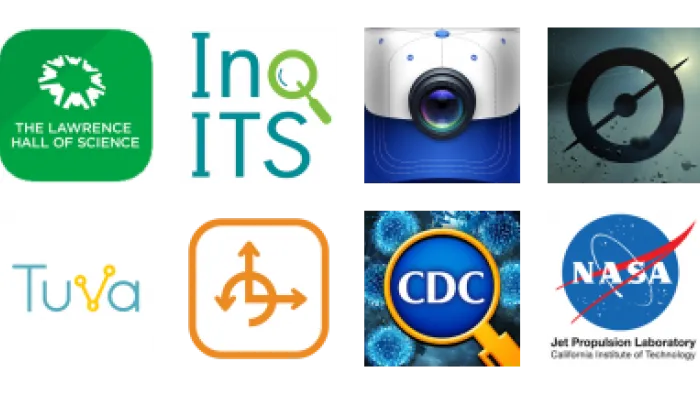Help students learn why they need adequate and appropriate evidence as well as logical reasoning to back up a claim.
I have always been a curious person. As a child, my mom called me "Missouri" because it's the "show me" state and I always demanded an explanation for everything. As a teacher, I want to encourage this type of curiosity and demand for understanding in my students.
I've found the claim, evidence, reasoning (CER) framework works wonderfully for encouraging that kind of scientific thinking. It's important for students to understand what it means to make a claim, cite evidence, and provide reasoning so they can be informed citizens. I usually start out by making a preposterous claim, like "I am the best rapper in the world." Naturally, the class challenges that claim. I begin to give them inadequate evidence, such as "I own lots of rap albums" and "I can speak very fast." From here, a conversation ensues about having appropriate and adequate evidence. By the end, students can see that in order for something to be considered a true claim, adequate and appropriate evidence along with logical reasoning are necessary. This type of thinking is a key part of NGSS Science and Engineering Practices (Practice 6, Constructing Explanations and Designing Solutions, and Practice 7, Engaging in Argument from Evidence), and it can also be used across the curriculum in ELA, math, and social studies.
I like to break my CER lessons into three parts, of course, integrating technology whenever I can.
The Launch
I start with the "launch," where I present information to my students. I like to use Prezi, Google Slides, BrainPop, and YouTube during my initial presentations. This video about a girl's claim that her father is an alien is a great launch that gets kids engaged. We then discuss the specifics of the claim she makes, her evidence supporting it, and her reasoning as a model for the process. We try to identify the flaws in her evidence and reasoning. Students usually respond to the video by saying, "That doesn't prove that her dad is an alien!" Then they start to come up with alternate explanations for each of her pieces of "evidence." This sets the stage for discussing why it's necessary to have adequate and appropriate evidence as well as logical reasoning to back up a claim.
Exploration
The next part is the "exploration," in which students gather data related to the information presented. I like to have students use iPads to take photos of any physical evidence they collect or observe, which could be screen shots from Internet research or photos of phases of science experiments. Then I have them use the Persuasion Map Interactive Tool by readwritethink to organize their thinking. This tool has them create a thesis statement (their claim), support it with three reasons (the evidence), and close with a conclusion (their reasoning).
Summary
The last part of the lesson is the "summary." During this time, I call upon students to explain and justify their learning and thinking. One of the best ways I've found to do this is to have students use iPads, laptops, or other tech tools to create their own proof portfolios. Great apps designed specifically for this purpose include Zydeco Inquiry and Showing Evidence Tool, which guide students through scientific investigations, giving them a place to collect multimedia data and analyze it to create scientific explanations. Students present their claims using a variety of other presentation tools, and then I encourage their classmates to attempt to refute each others' claims by presenting counterclaims of their own. I let them know this is the time to argue! Of course, these discussions must also include adequate and appropriate evidence and reasoning.
Photo "Thinker thinks about how to take sun burst shot" by David Yu. Used under a CC BY-NC-ND 2.0 license.








